What About African Locust Beans Tree (Dawadawa Tree)
What About African Locust Beans Tree (Dawadawa Tree)
This African locust bean tree also known in Sisaali languages Soglor tia is a wide-spreading plant that can reach up to twenty meters in height and is a member of the Fabaceae family.
The African locust bean tree is native to Africa and can be found on the Atlantic coast of Senegal, through Ghana, Cote D’Ivoire, Benin, Nigeria, to select regions in Southern Sudan and Northern Uganda.
In African countries where the trees are found, economic importance is usually attached to them since it has enormous benefits to livelihood.
The bark, leaves, pods, and seeds of the tree are all utilized for culinary and medicinal uses, with the seeds being one of the most important due to their nutritional content.
As a wild species of tree that is scattered in the wild and not owned or planted, unlike other economic plants such as mangoes, cashew, and pawpaw. Women from a particular community scavenge when is time for their harvesting by first, tying ropes around the tree trunk as a symbol of being the first person to register for the tree fruits. Interestingly, no one there defies the symbol of registration since one could be fined by the community elders for defying norms and orders.
On the day of harvesting, they will go with long or tall sticks for the plucking whereas others do climb that huge and sometimes tall tree to do the plucking by hand. Accidents of victims falling off the tree and getting injured either by breaking body parts or even sometimes leading lose of loss of victims have been reported in the past years.
Besides, when harvested in the wild, products are carried in pans and on the head, of other n donkey carts or tricycles to homes for usage. This depends on which means one can afford and also readily available at a given time.
The category of persons involved in this is mostly women, especially elderly women, girls and so, sometimes small boys. The processing of African locust beans is the preserve of females in the Ghanaian setting.
The locust beans also locally know as dawadawa are harvested from inedible, dark brown pods averaging 30-40 centimeters in length, and these pods hold an edible, soft, and sweet, yellow pulp. Within the pulp, there can be up to thirty seeds, and these seeds are processed to create black flavoring.
The seeds are then subjected to thorough washing and are mostly done close to a water source mostly by a stream or dam site. It is widely known that fish consume the residuals of the after-wash of the seeds that it's into the stream.
Dawadawa also known in Sisaali language, waali as Kpali, as Chua is small to medium in size, about the size of a golf ball, and can be molded into varying shapes including flat patties or spheres. The lumpy, black paste-like spheres are made out of fermented locust beans and have a slightly sticky texture.
Once fermented, Dawadawa has a very pungent smell likened to stinky cheese and offers a musky, umami flavor with hints of cocoa. This smell easily let out persons in possession of this African locust beans also dawadawa especially in commercial vehicles.
How Beneficial Are the African locust beans ( Dawdawa)
The yellowish powder extracted from the locust beans is used in many rural communities as a beverage laced with pepper and sugar. Extremely poor homes store this powder in earthen pots and usually serve it as lunch for children after school or even adults consume it for launch. Others do buy the powder from the market.
Dawadawa is used as a seasoning to enhance the flavor of cooked dishes. The black cakes or spheres can easily be separated into pieces and tossed into soups or stews for added flavor. They can also be used to flavor rice dishes, noodle dishes, curries, or casseroles.
The sale of its products as food and others as herbal or medicinal products serves as a good source of income for rural dwellers especially women who are mostly breadwinners in their families. It is therefore not surprising to see women engage in this venture two to three months into the peak of every rainy season in the Northern part of Ghana.
According to both primary and secondary sources of information, The seeds, leaves, and bark of the African locust bean tree have been traditionally used in West African communities to treat a variety of medical conditions such as malaria, diabetes mellitus, infections, and inflammatory diseases and many others.
By: Ayamga Bawa Fatawu
Visual Story Teller
Photojournalist
Travel Writer
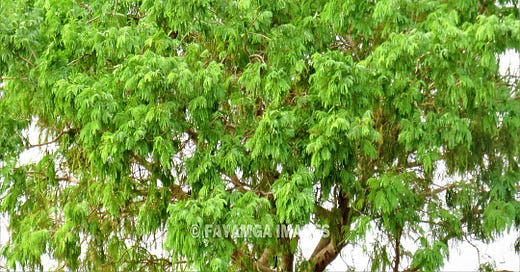



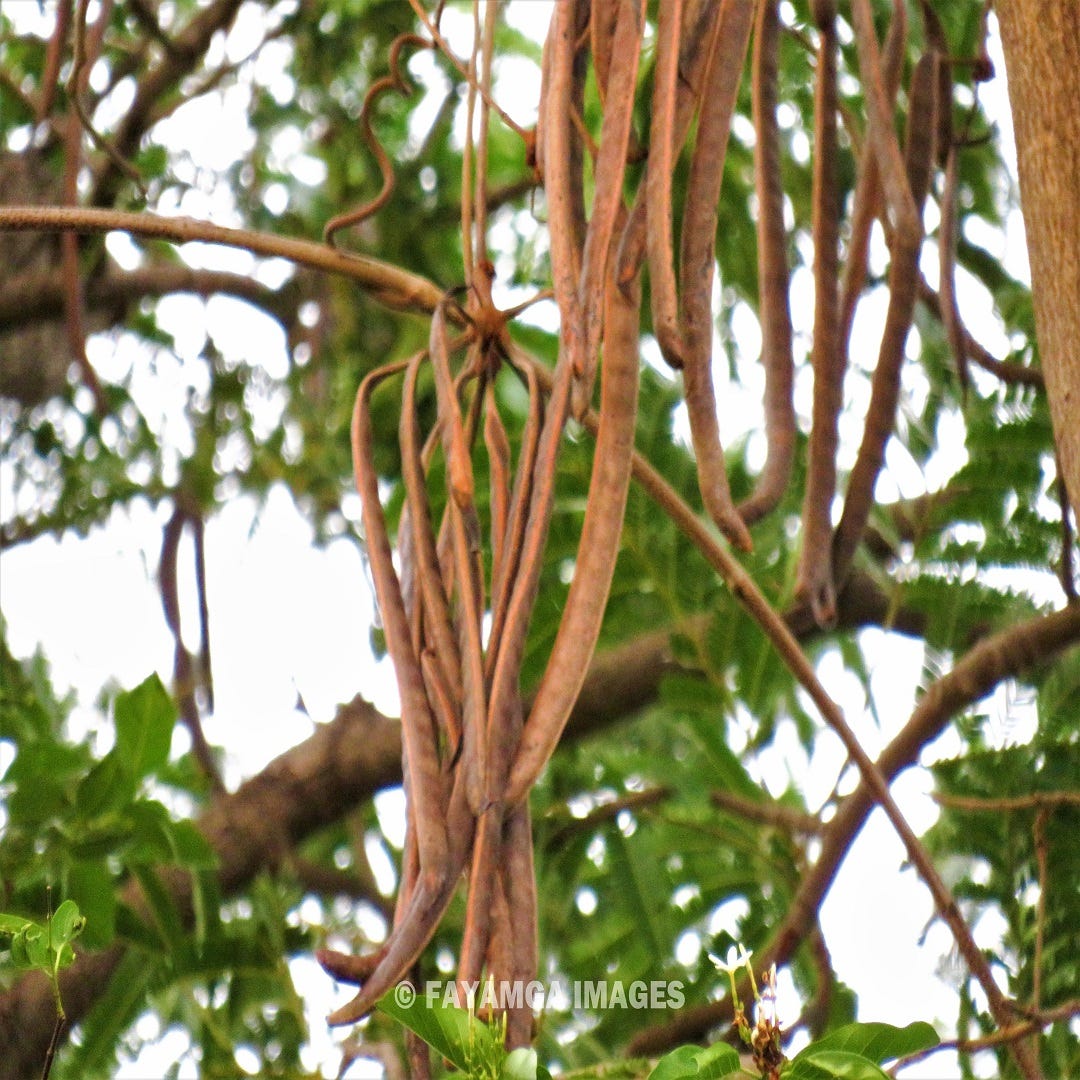
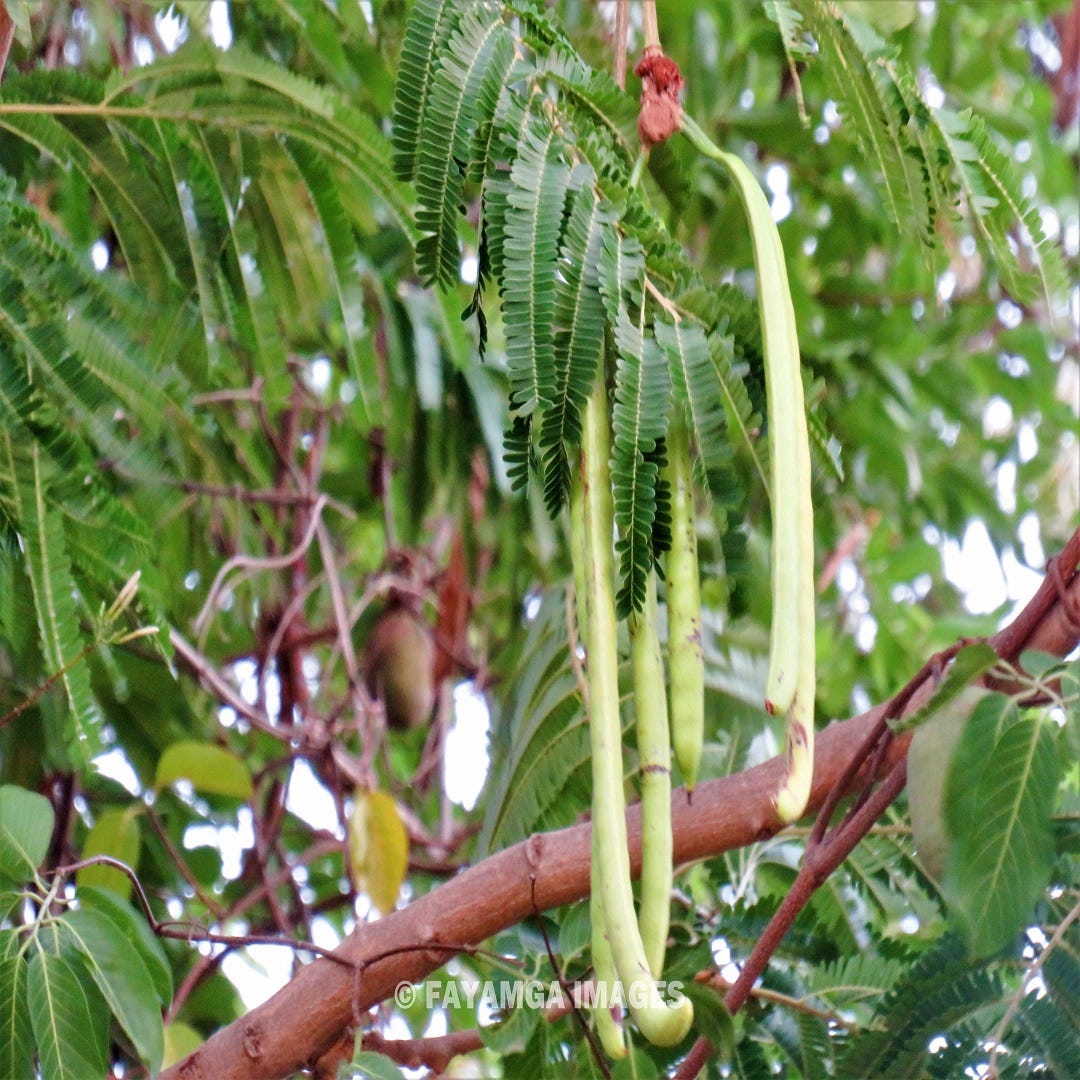
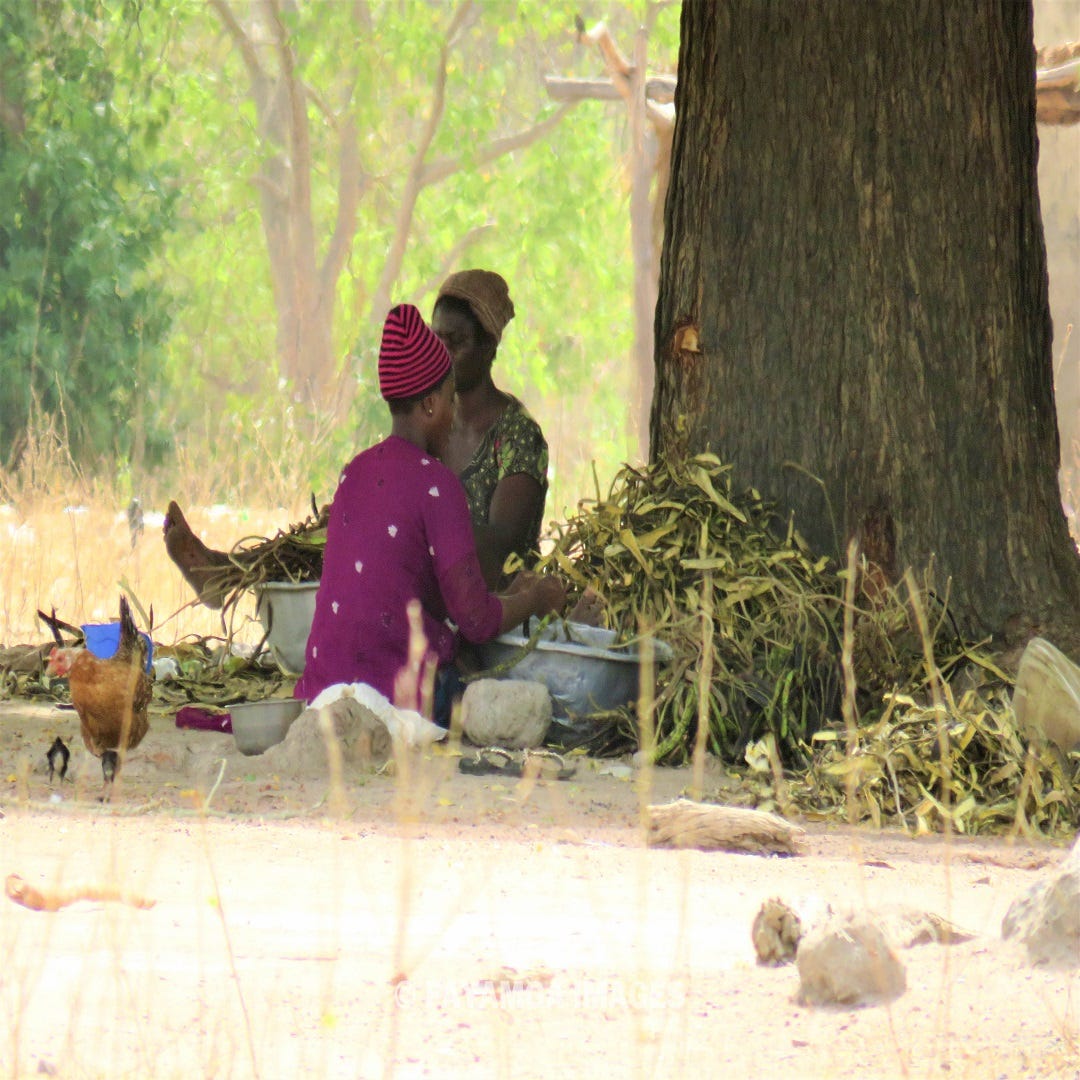

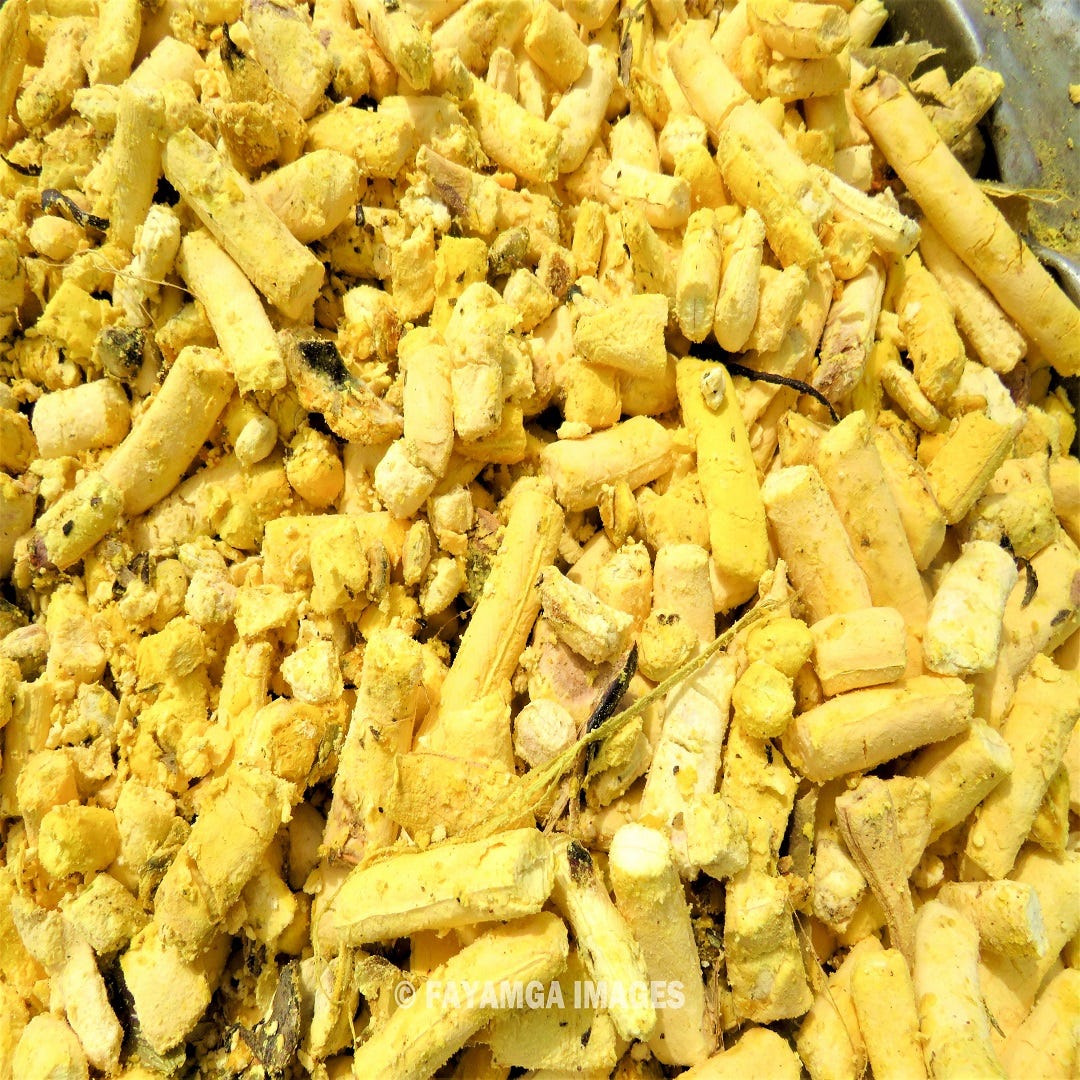
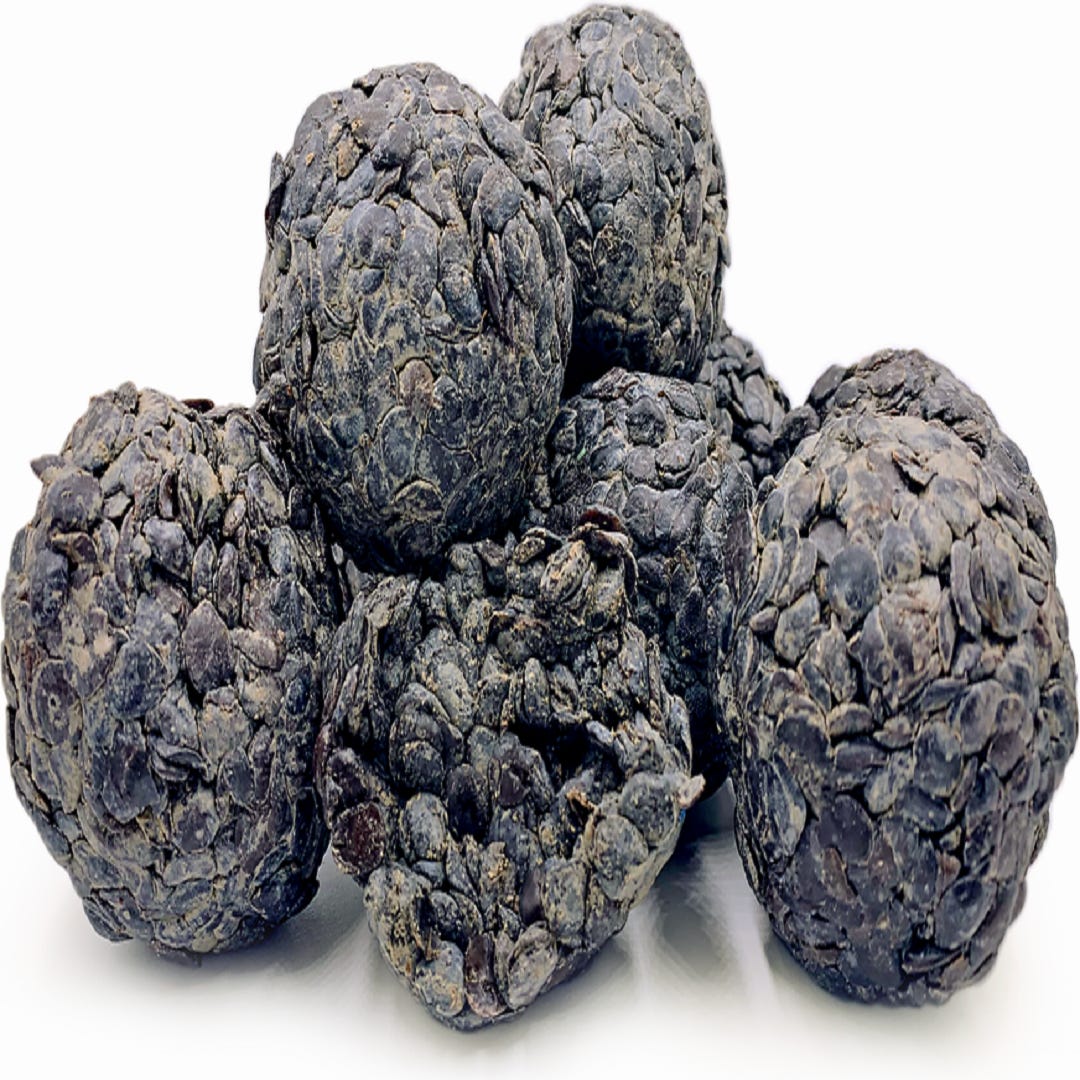

Great article there.
Excellent article: very informative.